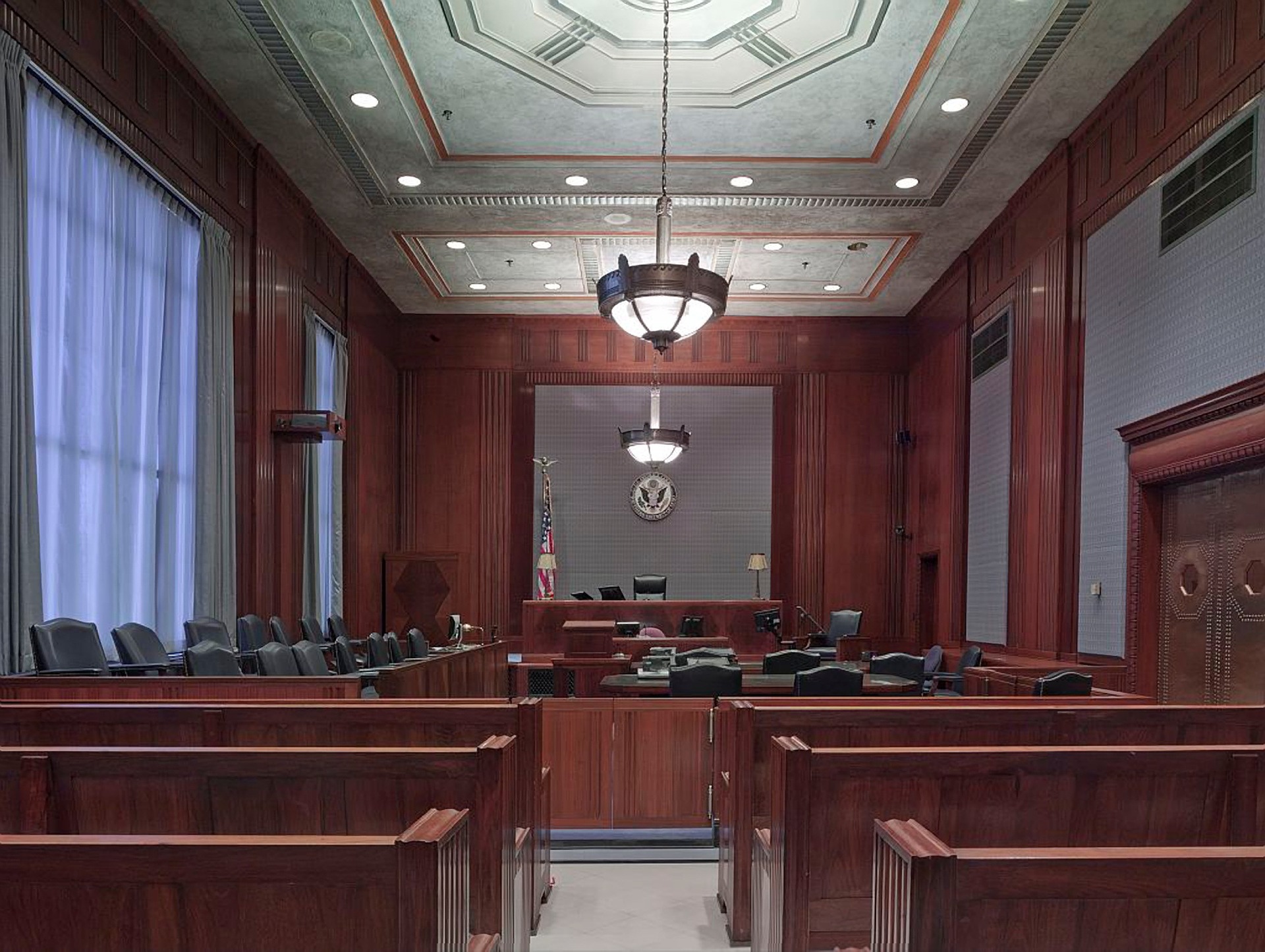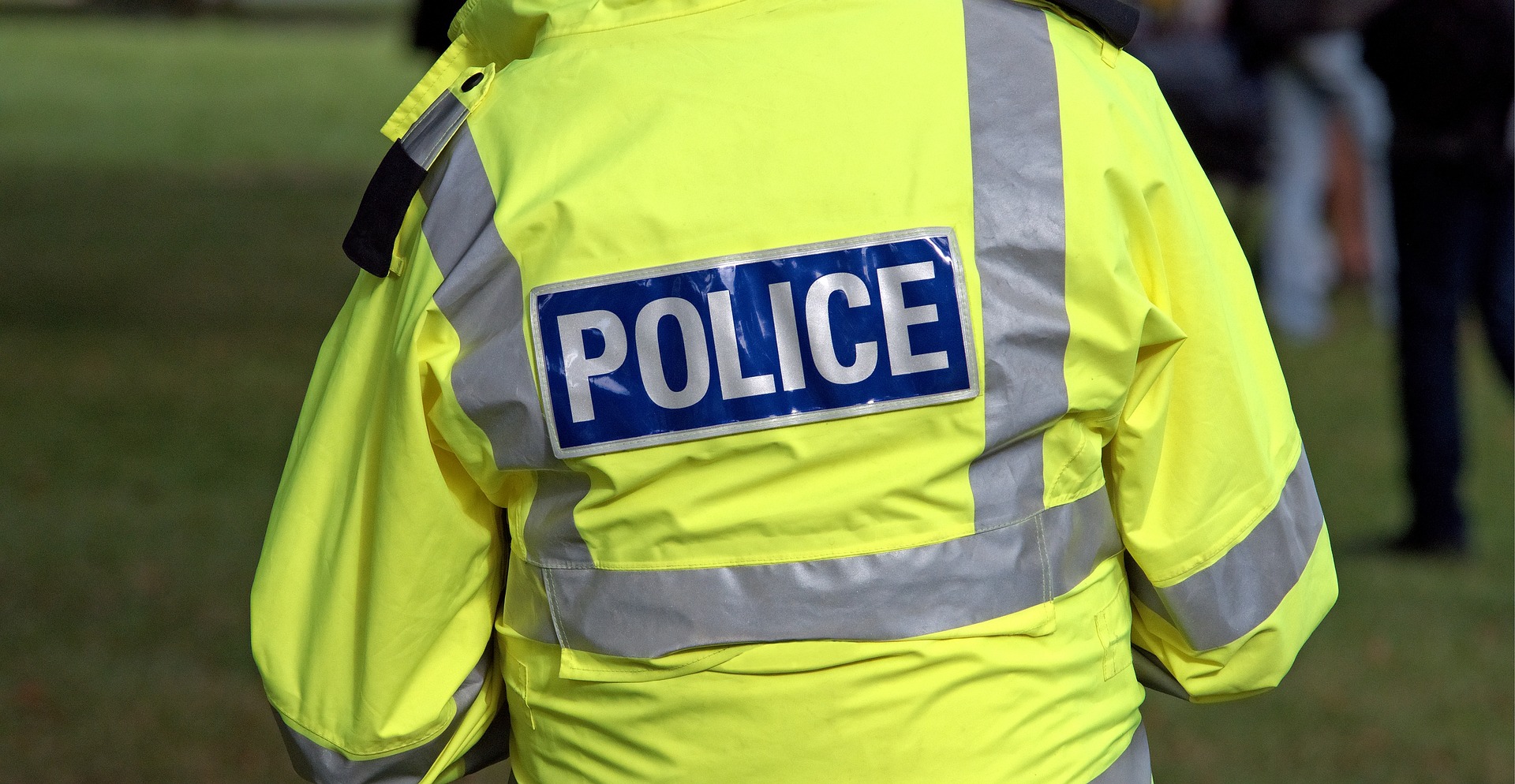The Handschu agreement & NYPD Surveillance
By Ayyan Zubair, Civil Rights Intern
Background
In 1971, Barbara Handschu and other plaintiffs brought a class action lawsuit against the NYPD, challenging the NYPD surveillance tactics. Plaintiffs objected to the NYPD’s maintenance of dossiers on activists and its undercover infiltration of political organizations. A 1985 settlement and consent decree created the Handschu Committee, a panel overseeing covert NYPD surveillance operations.[1] The Handschu agreement mandates that undercover personnel be qualified with “fact-specific” reasons for their necessity.[2] The Handschu agreement prohibits the NYPD from targeting suspect for their political preferences.[3]
Handschu in the 21st century
Despite the Handschu agreement, the NYPD continues its discriminatory surveillance, ranging from its warrantless wiretaps to its infamous “stop and frisk” policy, curtailing New Yorkers’ constitutional rights.[4] The NYPD chills First Amendment protections by targeting marginalized communities. Furthermore, the NYPD encroaches on New Yorkers’ Fourth Amendment rights by sending undercover officers to protests and tracking cellphone data.[5]
Unfortunately, the Handschu agreement’s protections against NYPD’s surveillance eroded over time. In 2003, the Handschu court eliminated all restrictions on NYPD investigative activity.[6] In 2007, the Handschu court further modified the consent decree by requiring that plaintiffs show a pattern of systematic violation in order for the court to enjoin any NYPD policy.[7] These modifications effectively allowed the NYPD to ignore the Handschu agreement as it saw fit. Not only did the modified Handschu guidelines expand NYPD surveillance powers, it also gutted the Handschu Committee’s authority.[8]
The Revised Handschu Guidelines and OIG Report
In 2011, a bombshell AP report found significant evidence[9] that the NYPD conducted widespread religious profiling of Muslim New Yorkers.[10] For example, the NYPD deployed informants and undercover personnel without warrants to investigate Muslims in mosques, coffee shops, and even their homes without any suspicion of wrongdoing.[11] Such egregious conduct chilled innocent New Yorkers’ First Amendment right to freedom of expression. Under the threat of new litigation, the NYPD entered into a series of negotiations with the plaintiffs to revise the clearly flawed Handschu guidelines.
These negotiations produced modified timelines for all investigations and the creation of a new 10-person Handschu committee to oversee NYPD compliance with the consent decree.[12] Notably, the revised consent decree mandates the inclusion of a civilian representative who has never been employed by the NYPD.[13] This representative must report all objections to the NYPD, and all systematic and repeated violations of the revised guidelines to the Handschu court[14], and while unable block any investigation, they can serve an important role as a whistleblower on police misconduct.[15]
Before the Handschu court finalized the revised guidelines, the Office of Inspector General (OIG) released a report finding further evidence that the NYPD routinely ignored even the relaxed post-2003 surveillance rules.[16] The NYPD frequently deployed undercover officers using boilerplate justifications, ignoring the consent decree’s requirement for “fact-specific” reasoning.[17] In fact, the NYPD showed such disdain for the Handschu Agreement that virtually every NYPD application reviewed by the OIG had the same typo.[18] While surveillance applications were supposed to be renewed at least every year[19], the OIG found investigations often continued long after approval expired. [20]
Such suspicionless surveillance would be alarming under any circumstances, but advocates were even more alarmed by the revelation that 95% of investigations targeted Muslim New Yorkers and associated entities.[21] This discrimination surveillance distracts from the leading source of terrorism in the US: white supremacy.[22] Furthermore, the OIG found that compliance with the consent decree would require minimal NYPD effort.[23] Additionally, the OIG recommended that the NYPD improve tracking for surveillance applications/renewals,[24] as well as documenting detailed reasons warranting undercover personnel.[25] The OIG report further advised the NYPD to consolidate its policies and procedures for investigations involving political activity into a separate handbook.[26]
The First Civilian Representative Handschu Report
In May 2018, the Civilian Representative’s initial report provided some transparency about the Handschu Committee’s inner workings.[27] While the report found a significant uptick in Handschu Committee denials of NYPD investigation requests compared to the prior year[28], it had notable omissions. The report did not include a demographic breakdown of targets and lacked information on the total number of NYPD investigations in progress. Furthermore, the report failed to mention any disciplinary action against officers for non-compliance with the Handschu guidelines.
The Civilian Representative’s report also failed to mention that the NYPD has not met a number of OIG recommendations. The NYPD patently rejected an OIG recommendation that it list “fact-specific” reasons justifying further investigations.[29] Furthermore, the NYPD’s “updated” undercover informant forms still do not meaningfully describe the informant’s role.[30] Additionally, the NYPD dismissed calls to create guidelines explaining the informational standards for the three stages of investigations.[31]
The Limitations of the Handschu agreement
The revised Handschu guidelines remain controversial. Critics maintain that Muslims New Yorkers and their allies are still disparately targeting for exercising their First Amendment rights.[32] These guidelines have not curbed NYPD surveillance of Black Lives Matter protestors and other civil rights activists.[33] Opponents detest that the Civilian Representative does not have any real voting power to prevent instances of police overreach.[34] The fact that the Mayor appoints the civilian representative upon consultation with the chief of the NYPD leads many to be skeptical about the Representative’s impartiality.[35]
Further, the Handschu agreement’s protections against in-person surveillance do little to address NYPD’s use of electronic surveillance. For example, the consent decree does not regulate NYPD “StingRays” that covertly track New Yorker’s phones without their consent.[36] The NYPD has developed Orwellian surveillance technology, from x-ray vans that use ionizing radiation to see through walls to automated license plate readers that can monitor a vehicle’s location throughout the city..[37] Alarmingly, the NYPD has stockpiled these invasive technologies without justifying the need to do so to our elected officials.
Presently, the New York City Council is considering how to curb this disturbing trend. In 2018, Council Member Vanessa L. Gibson introduced “The Public Oversight of Surveillance Technology” (POST) Act, which requires the NYPD to disclose how it utilizes electronic surveillance tools.[38] In so doing, the POST Act buttresses the Handschu agreement’s mission of promoting police accountability for First and Fourth Amendment violations. While the POST Act is narrow in scope and does not completely solve every NYPD surveillance issue, it still serves a useful purpose in curbing the expansion of the surveillance state.
Conclusion
While its efficacy has at times been restrained by myopic modifications, the revised Handschu guidelines promise to increase oversight in police intelligence investigations. Coupled with strong legislation, the consent decree can drastically limit the power and growth of the surveillance state.
Key Documents
July 17, 2019 2nd Annual Report of Civilian Representative to the Handschu committee.
June 7, 2018 First Annual Report of Civilian Representative to the Handschu committee.
Footnotes
[1] See Handschu v. Special Services. Div., 605 F. Supp. 1384 (S.D.N.Y 1985).
[2] Id. at 1391.
[3] Id. at 1392.
[4] See, e.g., N.Y. Civil Liberties Union, NYCLU Releases Report Analyzing Stop and Frisk Data, https://www.nyclu.org/en/press-releases/nyclu-releases-report-analyzing-nypd-stop-and-frisk-data.
[5] See, e.g., Brennan Center for Justice, Brooklyn Court: NYPD’s Use of Cell-Phone Trackers Unconstitutional , https://www.brennancenter.org/blog/brooklyn-court-nypds-use-cell-phone-trackers-unconstitutional.
[6] See Handschu v. Special Servs. Div., 273 F. Supp. 2d. 345 (S.D.N.Y 2003).
[7] See Handschu v. Special Servs. Div., 2007 U.S. Dist. LEXIS 43176 at 67 (S.D.N.Y. 2007).
[8] See id.
[9] For an in-depth review of Muslim surveillance by the NYPD, see Raza v. City of New York, 998 F. Supp. 2d 70 (E.D.N.Y. 2013).
[10] See Handschu v. Police Dep’t of N.Y., 219 F. Supp. 3d 388 (S.D.N.Y, 2016).
[11] See id.
[12] Handschu v. Police Dep't, 241 F. Supp. 3d 433, 438 (S.D.N.Y. 2017).
[13] Id.
[14] Id. at 440.
[15] Id.
[16] See OIG-NYPD, An Investigation of NYPD’s Compliance with Rules Governing Investigations of Political Activity, at: https://www1.nyc.gov/assets/oignypd/downloads/pdf/oig_intel_report_823_final_for_release.pdf).
[17] Id. at 1.
[18] Id.
[19] The three types of investigations are: (1) Preliminary Inquiry, (2) Full Investigation, and (3) Terrorism Enterprise Investigations. Approval for Preliminary Investigations last for up to 180 days, and approval for Full and Terrorism Enterprise Investigations last for up to a year.
[20] See OIG-NYPD, supra note 9,at 5.
[21] Id. at 1.
[22] See Adam Sarwar, The Terrorism That Doesn’t Spark a Panic , The Atlantic, Jan. 28, 2019, https://www.theatlantic.com/ideas/archive/2019/01/homegrown-terrorists-2018-were-almost-all-right-wing/581284/; see also Anti-Defamation League, Murder and Extremism in the United States in 2018, https://www.adl.org/media/12480/download.
[23] See OIG-NYPD, supra note 9, at 2.
[24] Id. at 7.
[25] Id. at 8.
[26] Id. at 9.
[27] See generally STEPHEN C. ROBINSON, First Annual Report of the Civilian Representative to the New York City Police Department’s Handschu Committee, https://www.aclu.org/first-annual-report-civilian-representative-nypds-handschu-committee.
[28] Id. at 9.
[29] See NYPD, Final Response to IG Report at 7 (accessible online at: https://www1.nyc.gov/assets/doi/oignypd/response/Final-Response-to-IG-Report-08-23-2016.pdf).
[30] Id. at 4.
[31] Id. at 11-12.
[32] 219 F. Supp. 3d. at 408.
[33] See, e.g., Mark Morales & Laura Ly, Released NYPD Emails Show Extensive Surveillance of Black Lives Matter Protesters , CNN, https://www.cnn.com/2019/01/18/us/nypd-black-lives-matter-surveillance/index.html.
[34] 219 F.Supp. 3d. at 406.
[35] Id.
[36] See Joseph Goldstein, New York Police Are Using Covert Cellphone Trackers, Civil Liberties Group Says , N.Y. Times, https://www.nytimes.com/2016/02/12/nyregion/new-york-police-dept-cellphone-tracking-stingrays.html.
[37] See YOAV GONEN & SHAWN COHEN, NYPD Has Super-Secret X-ray
Vans , N.Y. Post, https://nypost.com/2015/10/13/nypd-has-secret-x-ray-vans/.
[38] See New York City Council, Int. No. 487, https://legistar.council.nyc.gov/LegislationDetail.aspx?ID=3343878&GUID=996ABB2A-9F4C-4A32-B081-D6F24AB954A0&Options=ID%7cText%7c&Search=The+Public+Oversight+of+Surveillance+Technology.



